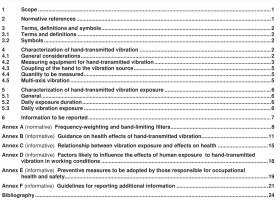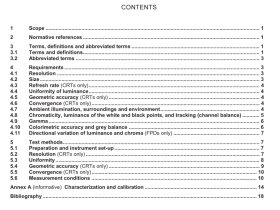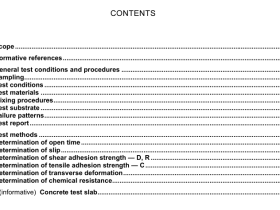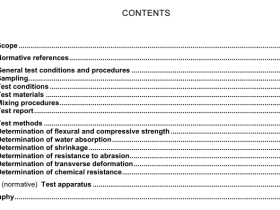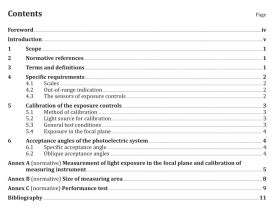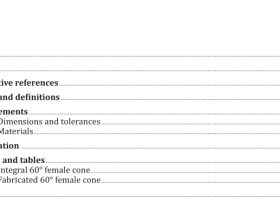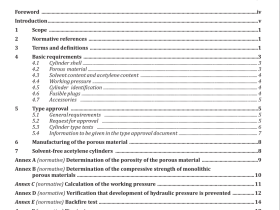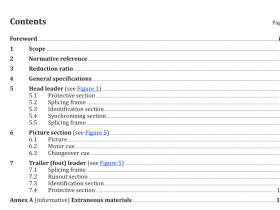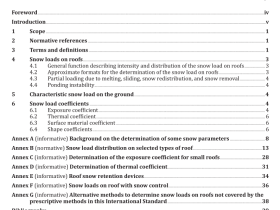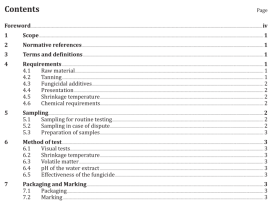ISO 817 pdf download
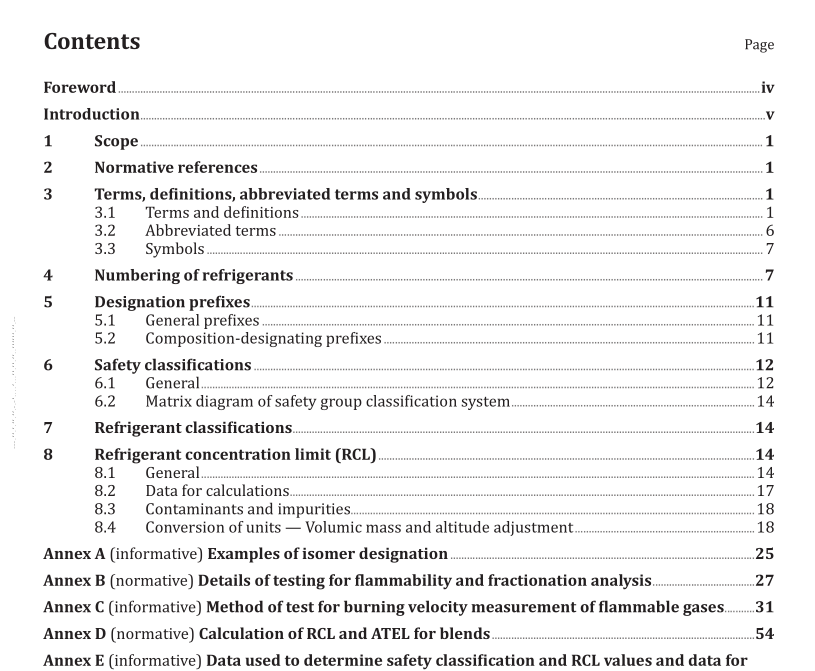
ISO 817 pdf download Refrigerants — Designation and safety classification
Scope
This International Standard provides an unambiguous system for assigning designations to refrigerants.lt also establishes a system for assigning a safety classification to refrigerants based on toxicity andflammability data, and provides a means of determining the refrigerant concentration limit. Tablesisting the refrigerant designations, safety classifications and the refrigerant concentration limits areincluded based on data made available.
7Normative references
The following documents, in whole or in part, are normatively referenced in this document and areindispensable to its application. For dated references, only the edition cited applies. For undated
references, the latest edition of the referenced document (including any amendments) applies.ANSI/ASHRAE Standard 34, Designation and Safety Classification of RefrigerantsASTM E681 Standard Test Method for Concentration Limits of Flammability of Chemicals (Vapours andGases)
Terms, definitions, abbreviated terms and symbols3
31 Terms and definitions
For the purposes ofthis document, the following terms and definitions apply3.1.1acute toxicityadverse health effect(s) from a single, short-term exposure3.1.2
acute-toxicity exposure limitATEL
maximum recommended refrigerant concentration determined in accordance with the establishedsystems and intended to reduce the risks of acute toxicity hazards to humans in the event ofa refrigerantrelease
Note 1 to entry: The systems are specified in this International Standard.
3,1.3
anaesthetic effectimpairment ofthe ability to perceive pain and other sensory stimulation
3.1.4
approximate lethal concentrationALC
concentration of a refrigerant that is lethal to even a single test animal but to less than 50 % of theanimals in that group when tested by the same conditions as for an LC5o test
3.1.5
azeotrope
blend composed of two or more refrigerants whose equilibrium vapour and liquid phase compositionsare the same at a specific pressure, but may be different at other conditions
3.1.6
blend
mixture composed of two or more refrigerants
3.1.7
burning? velocity
S u
velocity, relative to the unburnt gas, at which a laminar flame propagates in a direction normal to the flame front, at the concentration of refrigerant with air giving the maximum velocity
Note 1 to entry: This value is expressed in centimetres per second.
3.1.8
central nervous system effect
CNS
treatment-related depression, distraction, stimulation, or other behavioural modification to a degree that could represent an impairment of the ability to escape from a hazard
3.1.9
chronic? toxicity
adverse health effect(s) from long-term repeated exposures
3.1.10
combustion
exothermal reaction between an oxidant component (combustive) and a reducer (combustible fuel)
3.1.11
compound
substance composed of two or more atoms chemically bonded in definite proportions
3.1.12
critical point
point with conditions above which distinct liquid and gas phases do not exist
3.1.13
cyclic compound
organic compound whose structure is characterized by a closed ring of atoms
3.1.14
effective concentration 50 %
EC 50
concentration of a refrigerant, which causes a biological effect to 50 % of exposed animals in a test for anaesthetic or other effects
Note 1 to entry: This value is typically a calculated value from experimental data.
